The Pain Series: Part 3 - Managing Pain
THE PAIN SERIES - PART 3: MANAGING PAIN
In Part 1, Pain is More Than Meets The Eye, we established that pain was formulated in the brain, it is not a normal symptom of aging and each and every one of us could be and should be, pain-free.
In Part 2, The Real Cause of Pain, we saw that what is seen in medical imaging is not the cause of our pain, and we then redefined pain.
That definition being:
Pain is a feeling that presents in areas of physical weakness in our body, caused and intensified by certain stressors/factors (cultural, biological, environmental, psychological and social).
With this new definition of pain and knowing what is seen on medical imaging is not the cause of our pain, we are now in a much better position to start tackling pain and eventually overcome it.
So let's get started... With managing pain!
MANAGING PAIN
Pain IS important.
Normal or acute pain (pain that lasts less than 6-12 weeks) is our body's warning signal. It is alerting us to disease, or injury, or telling us that we may be overdoing something… "You're hurting here, now do something about it!"
When we listen to this signal, we can prevent serious injury and do what's required to restore our body to functioning as it should.
Take, for example, when we sprain an ankle. Our body alerts us to the pain, and we do what needs to be done for the injury to get better.
Once we start doing the right things, mainly staying off the area, the body will begin working its healing magic, and we are going to get improvements in our pain, until it heals up.
When the pain is bothering us, we use our pain remedies, as needed, because there is no reason to put up with the pain longer than we have to.
We also do the right exercises, and in due time we are back to where we were, feeling well, and doing the things we love again.
It’s a little different for chronic pain (pain that has been around longer than 6-12 weeks).
In chronic pain managing pain still has its place. We do what's required to get relief from the pain.
However, we need a different approach beyond these pain management techniques to overcome our pain, for good (which we will cover in the next section, part 4).
For now, let’s look at how we can manage pain.
WAYS TO MANAGE PAIN
There are many, many ways to manage pain.
Some examples are: Heat packs, heat rubs/creams, cryotherapy (ice), herbal remedies, TENs (Transcutaneous Electrical Stimulation), ultrasound, acupuncture, vibration machines, yoga, pilates, exercises, massage, cupping, stretching, meditation, hypnosis..... the list goes on..... and on.
And we all have our different remedies to manage pain.
I asked this question in the More Life Health Facebook Community (click to join), and it has been one of the most popular posts to date.
As you can see, we all have different remedies for pain.
I also have pain management remedies which I feel work best for patients also!
The treatment techniques I commonly use for pain management in patients are heat (especially in the colder months) and massage.
In my years of experience, I've found these treatment techniques seem to have a good effect on most people, compared to other techniques.
But what works for some, doesn't work for others.
I've had some patients say that certain creams work wonders, certain herbs work wonders, TENs machine works wonders. Or maybe it's ultrasound working wonders. For other patients, these have had zero effect.
Therefore, when managing pain, the key is to find what remedy works for you and in times when you’re in pain, use these remedies!
THERE IS NO NEED TO SUFFER!
CHRONIC PAIN REQUIRES MORE
We've established that pain management techniques are important in getting pain under control.
But with chronic pain, we need to do more than just manage pain.
Pain management treatments should NEVER be the only approach.
And this is where most people get stuck.
Most people think that with a certain condition, for example arthritis, that they are always going to have the associated pain and that pain management techniques are the only way to deal with it
Pain gets accepted as a part of ageing and something that just has to be dealt with.
This is NOT true!
From Part 1 and Part 2, we established that pain comes from the brain, and we saw that what is seen on medical imaging is not the cause of pain.
Chronic pain CAN be overcome. But to do this, a different approach to what is commonly done is needed.
This includes……
Changing focus towards improving health and away from any 'abnormalities' that may be present.
Identifying and eliminating anything that could be aggravating the pain.
Identifying and fixing any strength and mobility issues in the body.
Moving more, eating healthy and caring for the body.
Dealing with troubling emotions from the past and present.
Being kinder to oneself and ensuring your health and happiness becomes number one priority.
We will cover the strategies for overcoming pain in further depth in the next part (Part 4)
And this is exactly how you begin overcoming pain.
Little by little, you start feeling better, looking better, moving better and start feeling in control.
Pain is decreasing AND health is improving.
Little by little, your pain symptoms start disappearing, until gone for good!!
UP NEXT: CLICK FOR PART 4: OVERCOMING PAIN

